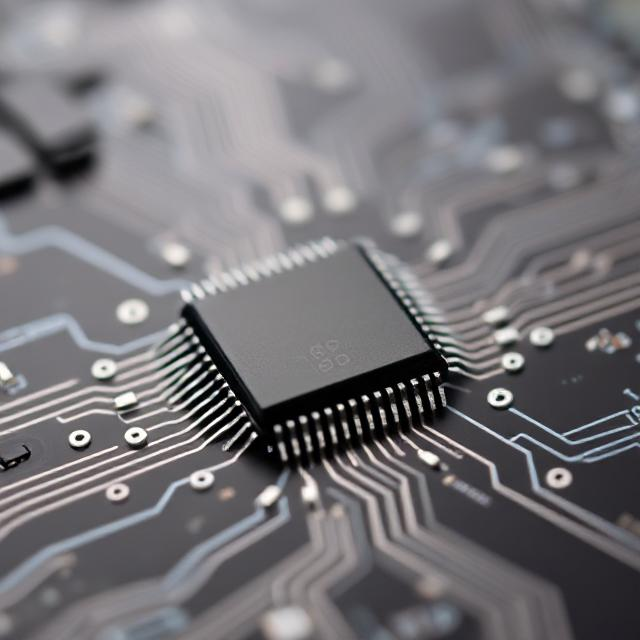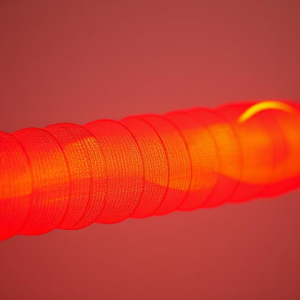Semiconductors are materials that have properties between those of conductors (like metals) and insulators (like rubber or plastic). Most of the technology we use today — from smartphones to computers relies on semiconductors.
![]()
What Are Semiconductors?
A semiconductor is a material that electrical conductivity between that of a conductor (like copper) and an insulator (like rubber).
They are used in a vast array of devices, including:
- Transistors: The fundamental building blocks of computers and electronics.
- Diodes: Control the flow of current in one direction.
- Integrated Circuits (ICs): Contain millions of transistors on a single chip.
- Solar Cells: Convert sunlight into electricity.
Conductors vs. Insulators vs. Semiconductors
Conductors: Materials like copper or aluminum allow electric current to flow easily because they have many free electrons (charge carriers). Metals are good conductors.
Insulators: Materials like rubber or plastic don’t allow current to flow because they have very few free electrons. Wood, glass, and rubber are examples of insulators.
Semiconductors: Semiconductors are special because they can either behave like a conductor or an insulator depending on factors like temperature, voltage, or impurities (a process called doping).
Intrinsic vs. Extrinsic Semiconductors
Intrinsic Semiconductor: This is a pure form of semiconductor, without any added impurities. In its natural state, it doesn’t conduct electricity very well. Silicon (Si) is an example of an intrinsic semiconductor.
Extrinsic Semiconductor: To make semiconductors more useful, we add a small amount of impurities to them — a process called doping. The impurities give the semiconductor extra free charge carriers (electrons or holes). The result is an extrinsic semiconductor, which is much more conductive than the pure (intrinsic) material.
N-type (Negative): If we add an element that has extra electrons (like phosphorus to silicon), the material gets extra free electrons. These free electrons are the charge carriers.
P-type (Positive): If we add an element with fewer electrons (like boron to silicon), the material creates “holes” where electrons can go. These “holes” behave like positive charge carriers.
P-N Junction: One of the most important features of semiconductors is a P-N junction.
Forward Bias: When a voltage is applied in the right direction (positive to P-side, negative to N-side), current flows easily.
Reverse Bias: When the voltage is applied in the opposite direction, the current does not flow (acting like an insulator).











